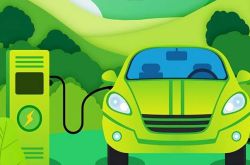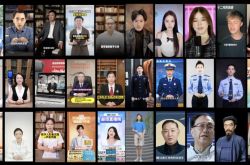Electric Vehicles Omitted from 15th Five-Year Plan: Time to Step Out of the Greenhouse and Embrace Competition, with Fuel-Powered Vehicles Poised for a Comeback
![]() 11/12 2025
11/12 2025
![]() 333
333
The 15th Five-Year Plan has been unveiled, encompassing sectors like biotechnology and nuclear energy technology, which are set to receive sustained policy backing in the years ahead. Notably absent from this plan, however, are new energy vehicles, which had been featured in the previous three five-year plans. While some industry insiders may perceive this omission as a sign that electric vehicles have been sidelined—a viewpoint that's somewhat skewed—it's undeniable that subsidies for electric vehicles are on a downward trajectory. This shift could prove advantageous for fuel-powered vehicles.
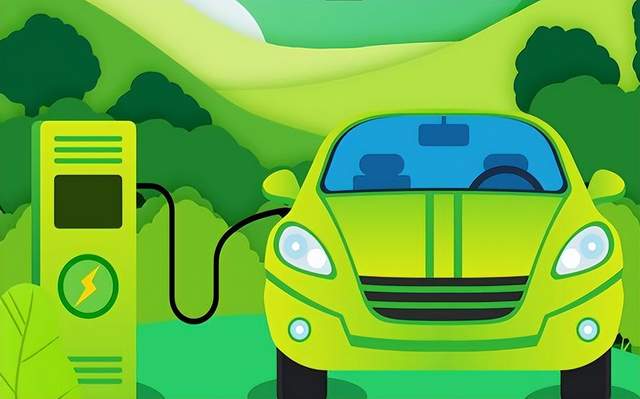
China's electric vehicle (EV) industry has come of age. Monthly sales figures for this year reveal that new energy vehicles once accounted for over 60% of the domestic new car market, asserting their dominance. This milestone underscores that new energy vehicles have reached a critical mass and must now compete in the market based on their own merits.
For new energy vehicles, subsidies have become a double-edged sword. Varying levels of support have triggered cutthroat price wars among some automakers. Such relentless price competition is detrimental to the long-term health of China's automotive industry. Ultimately, sustained industry growth hinges on core technological advancements; without them, overseas market penetration will remain a distant dream.
The European and American markets have long been stringent in enforcing intellectual property rights. The DVD and mobile phone sectors have already learned this lesson the hard way. Now that China's electric vehicle industry has matured domestically, it's poised to venture into the international arena. This necessitates ongoing technological research and development to build a robust patent portfolio and circumvent potential patent blockades in overseas markets.
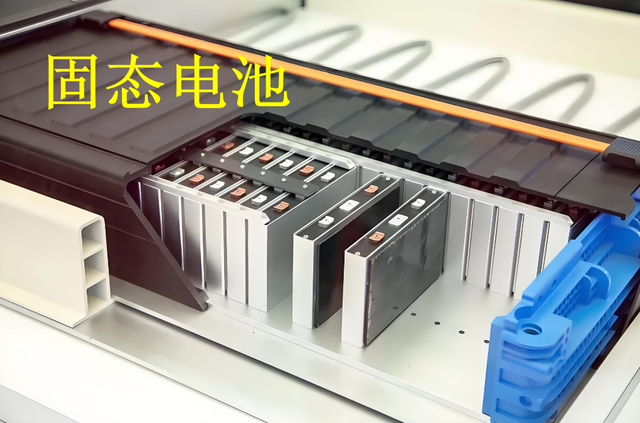
The electric vehicle industry currently hinges largely on lithium-battery technology. However, this technology is not without its limitations. Consequently, the industry is actively pursuing the development of more advanced solid-state batteries. China, Japan, South Korea, and Europe are already locked in a fierce competition over solid-state battery technology. At this juncture, China must ramp up its R&D investment to expedite the mass production of solid-state battery technology and safeguard the competitive edge of its electric vehicle industry.
Under these circumstances, perpetuating price wars within the industry is clearly counterproductive to its long-term, healthy development. Reducing or even eliminating subsidies at this stage, and allowing unviable automotive companies to be weeded out by the market, would be more beneficial for the industry as a whole. After all, this sector has already enjoyed 15 years of support, and companies with growth potential have already seized the opportunity.
In reality, the 15th Five-Year Plan hasn't entirely abandoned the electric vehicle industry. It includes new energy technologies, which dovetail with the R&D efforts in areas like solid-state batteries. Battery technology transcends the electric vehicle industry, playing a pivotal role in future technologies such as robotics, energy storage, and drones.
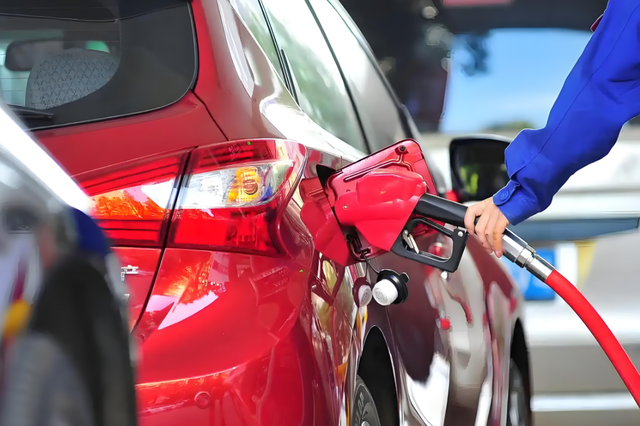
The diminished support for the electric vehicle industry is undeniably advantageous for fuel-powered vehicles. After all, fuel-powered vehicles boast more mature technology, lower costs, and enhanced safety. Data from May-June of this year indicates that fuel-powered vehicles have rebounded from their lows, registering three consecutive months of growth, even amid substantial subsidies for electric vehicles. This further underscores that fuel-powered vehicles still command a significant loyal consumer base in China.
Next year, the purchase tax on electric vehicles will be slashed by half, with other subsidies likely to be phased out. Even if subsidies persist, the amounts are expected to be significantly reduced. Under these conditions, the competitive edge of fuel-powered vehicles is poised to grow, and a notable resurgence in their sales can be anticipated. This development is also beneficial for domestic automotive companies, as domestic fuel-powered vehicles have already achieved significant technological advancements and made substantial inroads in the international market.

The competition between electric vehicles and fuel-powered vehicles will intensify in 2026. The strong contenders in the electric vehicle industry will weather this storm and emerge even stronger, while the weaker players will inevitably succumb to market forces. Indeed, since last year, several electric vehicle companies have already faced hardships, and more are expected to be eliminated next year.





